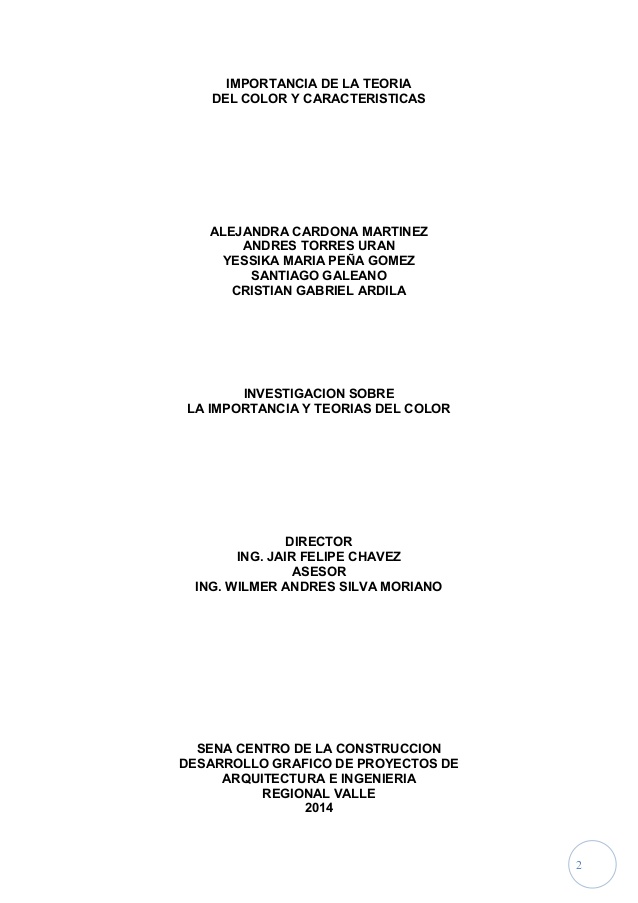

- #REMOVING GFI ENDPOINT SECURITY AGENT MANUALLY INSTALL#
- #REMOVING GFI ENDPOINT SECURITY AGENT MANUALLY MANUAL#
- #REMOVING GFI ENDPOINT SECURITY AGENT MANUALLY WINDOWS#
Adjust the address according to the component you are uninstalling (Agent / Server / Proxy).Ĭ:\Program Files\ESETRemoteAdministrator\Agent

Click Start → All Programs → Accessories, right-click Command Prompt and then click Run as administrator.
#REMOVING GFI ENDPOINT SECURITY AGENT MANUALLY WINDOWS#
#REMOVING GFI ENDPOINT SECURITY AGENT MANUALLY MANUAL#
Only perform manual uninstallation of components if these methods fail. Standard uninstallation through Control Panel → Programs and Features.

ESET All-in-on installer to remove ESET Remote Administrator Server and ESET Remote Administrator components.Note: Any errors during the process will be logged to the LANSS_v11_AgentKitLog.csv or LANSS_v12_AgentKitLog.csv file.We strongly recommend that you use these methods:
#REMOVING GFI ENDPOINT SECURITY AGENT MANUALLY INSTALL#
From command prompt on the target machine, run the following command to install the Agent manually: LanGuard11agent.msi /qn GFIINSTALLID= InstallationID_from_Crmiini.xml/norestart /L*v %temp%\LANSS_v11_AgentKitLog.csvĮxample of command use: LanGuard11agent.msi /qn GFIINSTALLID=551ce557-a485-4fb6-af72-2e744fee1192 /norestart /L*v %temp%\LANSS_v11_AgentKitLog.csv.Copy the LanGuard11Agent.msi file to the target machine.From command prompt on the target machine, run the following command to install the Agents manually: LanGuard12agent.msi /qn GFIINSTALLID= InstallationID_from_Crmiini.xml/norestart /L*v %temp%\LANSS_v11_AgentKitLog.csvĮxample of command use: LanGuard12agent.msi /qn GFIINSTALLID=551ce557-a485-4fb6-af72-2e744fee1192 /norestart /L*v %temp%\LANSS_v12_AgentKitLog.csv.Copy the LanGuard12Agent.msi file to the target machine.Locate the LanGuard12Agent.msi found in the main install folder of GFI LanGuard, under the Agent subdirectory on the GFI LanGuard server: \Agent.When using InstallationID_from_Crmiini.xml in the command, include the quotes.InstallationID_from_Crmiini.xml is a server specific ID that can be found in the crmiini.xml file of the GFI LanGuard install directory on the GFI LanGuard server.You must deploy at least one agent from the LanGuard console prior to attempting a manual installation of an agent, as this process will populate the Crmiini.xml file with the installation id parameters that are necessary for the manual installation command to complete successfully.Once the Agent installation completes, it is important that you run the deployment from the GFI LanGuard console too, as it would not be aware of the new agent.The GFI LanGuard Agent can be deployed manually from the command prompt.


 0 kommentar(er)
0 kommentar(er)
